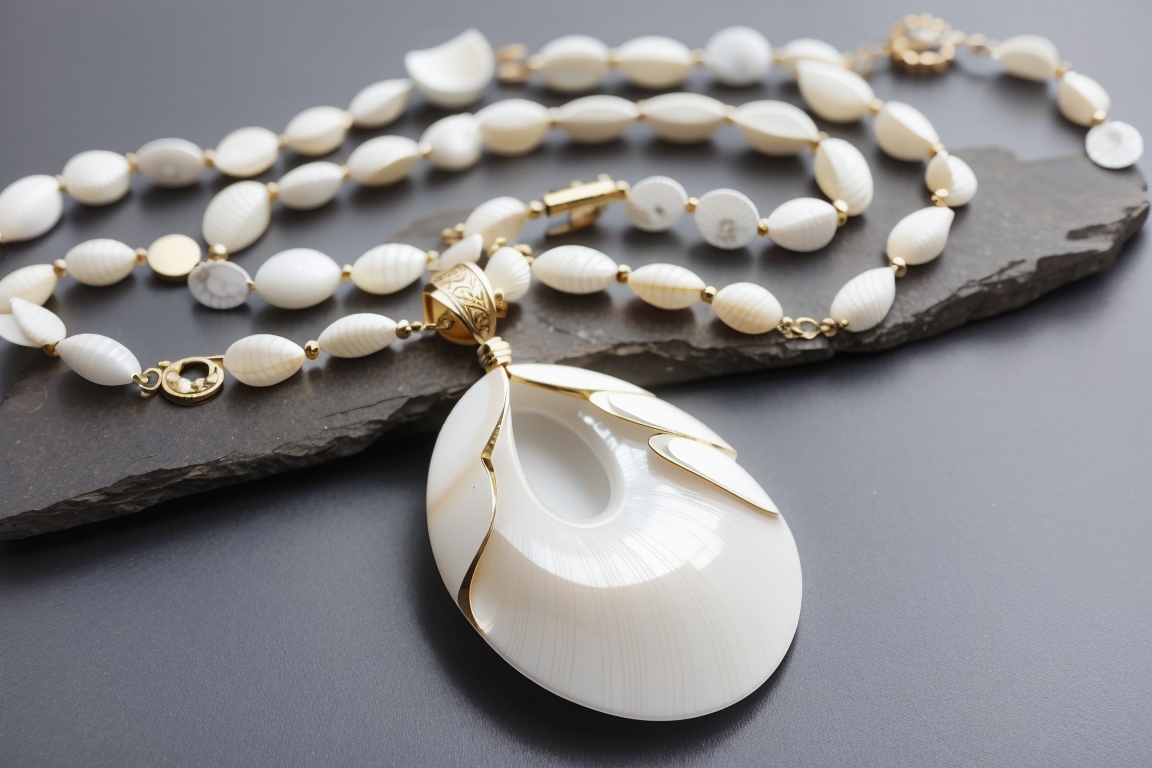Unless you have been hibernating in a cave for the past year, you would have seen an abundance of AI art or AI generated images. It just seems like yesterday when people were Beta Testing Dall-e to create digital collages. The days of portraits with no eyeline definition or unnatural limbs are long gone. At the present, AI (Artificial Intelligence) prompt based image generators create Hyper realistic images. The boundaries between the real and the imaginary are blurred in these works of art. Prompt engineering has now become a valid job option. AI is quickly becoming a macro (and soon to be) Mega trend. AI Art is the biggest micro trend at the moment. This got me thinking as to how I can use AI Art in jewellery design.

AI and Design
According to the BoF case study “The Complete Playbook for Generative AI in Fashion” written by Marc Bain, “Design is one of the clearest and potentially most significant use cases for the technology, aligning neatly with its ability to produce new content. It provides designers a means to quickly whip up countless variations of a concept, mash together a mix of inspirations and see what the outcome might look like or explore entirely new ideas.
In my post of using ChatGPT to generate content for jewellery blogs, I had written in detail about harnessing the power of AI to generate text content. You can find prompts for jewellery articles here. In this post I will tell you how to use AI Art in jewellery design.

How to use AI Art in jewellery design
AI art can be used in jewellery design in various creative and practical ways. Here are some applications:
1. Ideation: AI algorithms can quickly generate a wide range of forms based on your design concepts. It can take into account various parameters like materials, styles, and customer preferences. As a designer, you can then select and modify these generated designs to create unique pieces.
2. Generating Variations – Generative AI which uses image-based prompts instead of text-based prompts can generate several variations of the original sketch. Thus, the time taken to sketch each variation individually is conserved.
3.Customisation: AI can assist in creating personalised jewellery by taking customer inputs and preferences to generate designs that are tailored to individual tastes. This can include variations in patterns, placement, and materials used.

4. Prototyping for presentation: AI can aid in rapid virtual prototyping for presentation by creating 3D models of jewellery pieces. Simple commands and tools can be used to produce several variations. The time saved in sketching can be used for production and post production processes. Such prototypes can be combined with human figures to create illustrations of models wearing the jewellery. This will allow both the designer and client to understand how the jewellery will look on the human body. Thus AI Art is a boon for those designers who cannot sketch with a flourish.
5.Artistic Collaboration: Jewellery designers can collaborate with AI artists to create unique and innovative pieces that blend human creativity with AI-generated art. AI Art can be an excellent source of images for picture jewellery.
6. Promotional collaterals: By using the photographs of your existing designs as image prompts, you can create hyper realistic images for promotions and grab more eyeballs leading to better sales.

AI image generators that you can try are
- Mid Journey
- Playground
- Stable Diffusion
- Blue Willow
- Leonardo.ai
- Adobe Firefly

ceramic and gold plated brass chain link necklace.”
AI Art and Ethics
While copyright law around the use of AI Art is still under debate, the potential of
Generative AI, particularly premium versions, and its application in design, cannot be
denied. It can help designers who cannot sketch with a flourish. It can immensely aid
designers with vision issues to present their ideas visually.
Incorporating AI into jewellery design can streamline the creative process. It can facilitate personalisation and enhance efficiency, ultimately leading to the creation of more innovative jewellery pieces. However, it is important to remember that AI should complement human creativity and craftsmanship, rather than replace them entirely.
A Generative AI program must be used like a design software, a tool to visualise and represent originality and imagination. It is a means to the end.
A version of this article has been published on the 4th issue of WeConnect, an Alumni Newsletter of NIFT.
I hope you found it interesting
Cheers



What do you think?